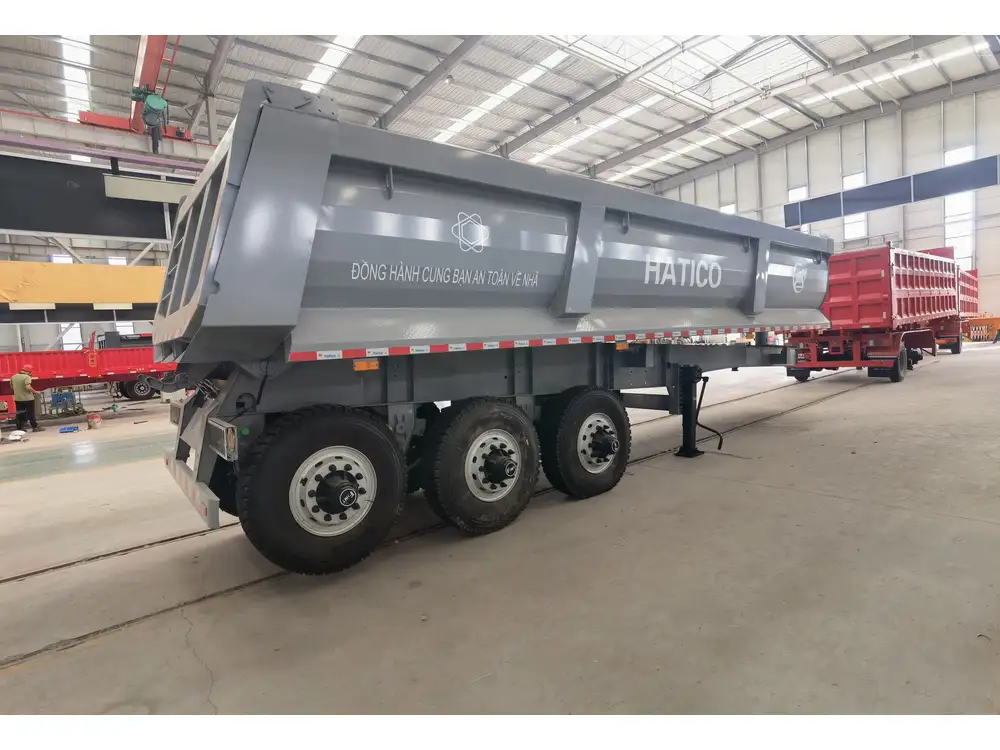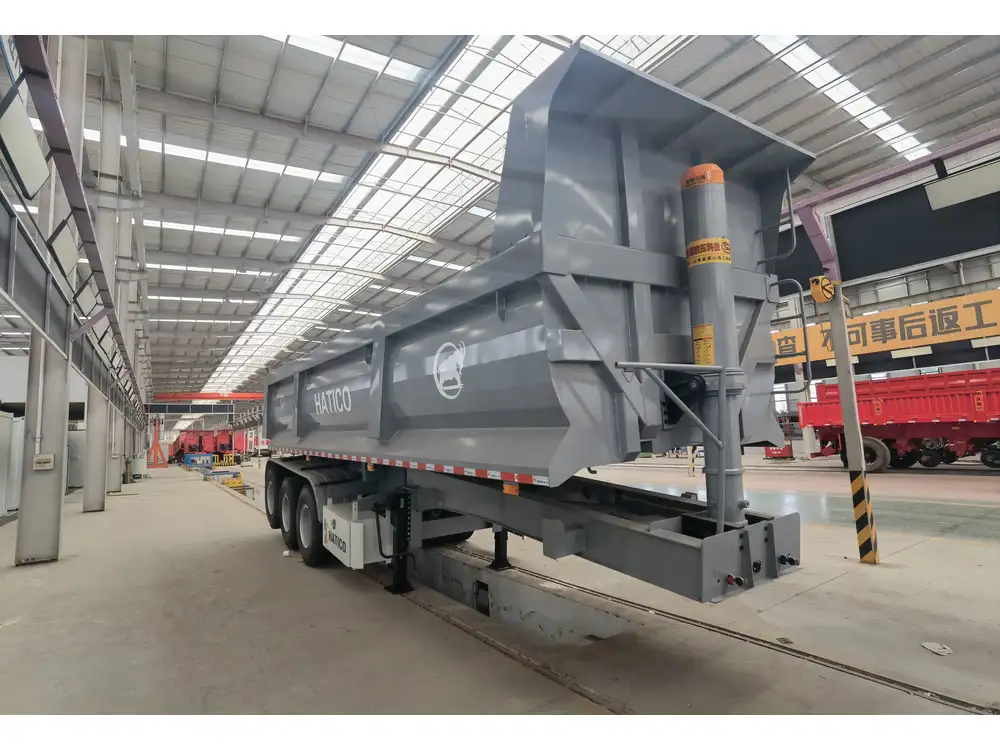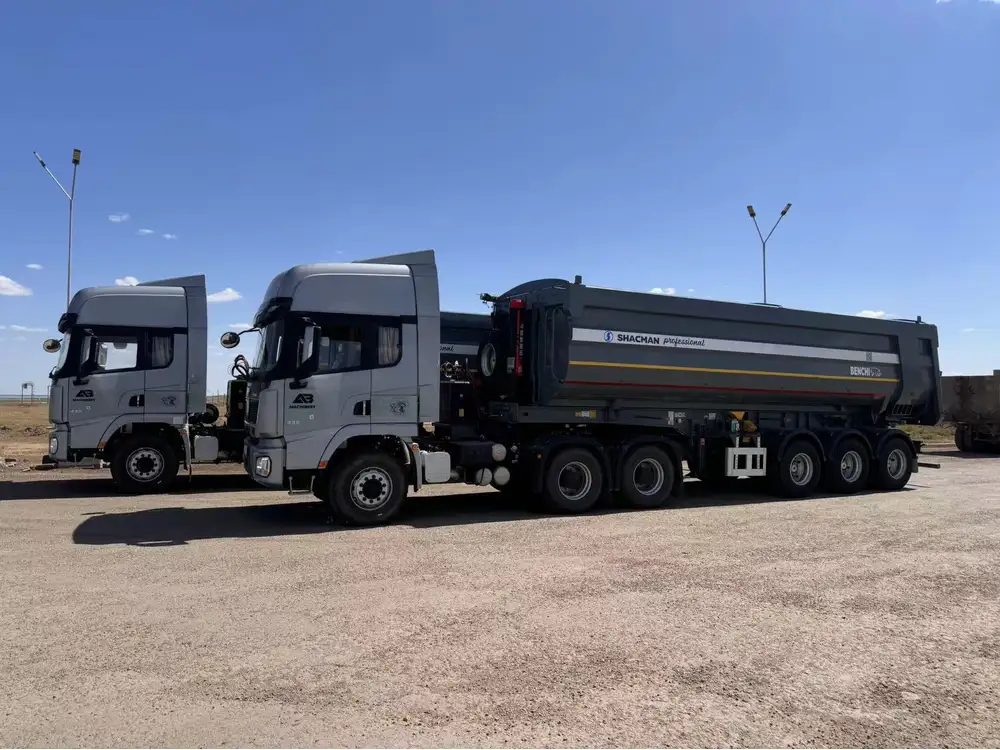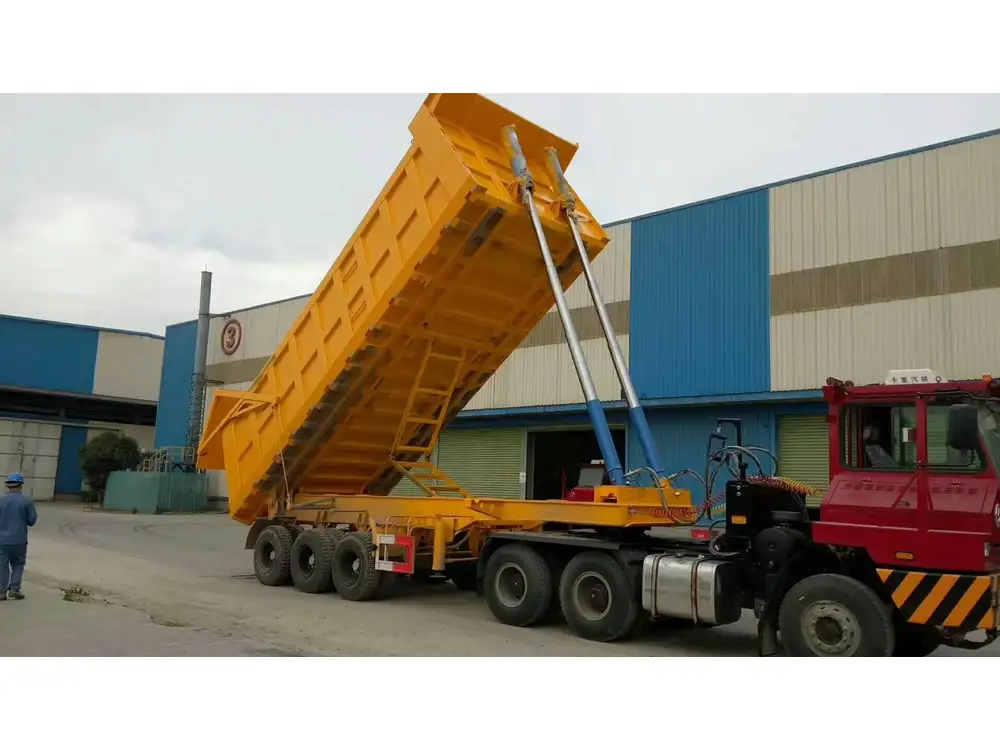When operating in the commercial trucking industry, understanding the weight of your vehicle, especially its semi-truck component sans trailers, is critical for various reasons including compliance with regulations, optimizing fuel efficiency, and ensuring safety on the roads. This comprehensive guide delves into the nuances of semi-truck weights, providing insights that are pivotal for fleet managers, trucking companies, and owner-operators alike.
What is a Semi Truck?
A semi truck, often referred to as a tractor truck, is a powerful vehicle designed to pull freight trailers. Unlike standard trucks, semi trucks are equipped with a unique coupling system that allows them to connect to separate trailers, which can be load-specific. Understanding the weight characteristics of a semi truck alone—without the trailer—provides valuable insight into the vehicle’s capabilities and regulatory obligations.
Components of a Semi Truck
To appreciate the weight of a semi truck, one must understand its primary components which contribute to its overall mass:
| Component | Description |
|---|---|
| Chassis | The base frame that supports all other components, typically built with heavy-duty materials for strength. |
| Engine | A robust diesel engine that provides the power necessary to haul heavy loads, typically weighing between 2,500-3,000 pounds. |
| Transmission | Essential for power transfer from the engine to the wheels; this component varies significantly in weight. |
| Cab | The driver’s compartment, which houses controls and seating, usually includes features for comfort and safety. |
| Axles | Rear and front axles vary in design and weight but are critical for load distribution and vehicle stability. |

Semi Truck Weight Breakdown
The weight of a semi truck without a trailer usually ranges between 15,000 to 25,000 pounds. However, several factors influence the exact weight of any individual semi truck, including:
1. Engine Size
The engine capacity directly affects weight. Heavy-duty trucks with larger engines for increased towing capacity tend to weigh more. For example:
- Smaller Engines (e.g., 10-12 liters): Approx. 15,000 – 18,000 lbs
- Larger Engines (e.g., 13-16 liters): Approx. 17,000 – 25,000 lbs
2. Manufacturer and Model Variations
Different manufacturers have different design philosophies leading to variation in truck weight. Popular brands include:
- Freightliner: Known for lightweight but sturdy models.
- Peterbilt: Often designed for comfort and performance, slightly heavier.
- Kenworth: A mix of robust design and weight.
The specific model can lead to variances in weight within the same manufacturer brand.

3. Configuration of the Truck
Semi trucks come in various configurations, including:
- Day Cabs: Lighter, typically between 15,000 – 18,000 lbs.
- Sleeper Cabs: Designed for long-haul routes, often heavier, around 19,000 – 25,000 lbs.
Understanding these configurations impacts weight assessments drastically.
Importance of Knowing the Weight
Legal Compliance
One of the primary motivations for knowing the weight of your semi truck is legal compliance. The Federal Motor Carrier Safety Administration (FMCSA) sets regulations surrounding weight limits to ensure safety:
- Gross Vehicle Weight Rating (GVWR): Maximum weight of the truck plus its cargo.
- Federal Bridge Formula: Determines maximum weight on bridges based on axle configuration.

Safety and Efficiency
Operating a truck above its rated capacity can lead to:
- Increased wear and tear on components.
- Reduced efficiency and higher fuel consumption.
- Greater risk of accidents due to decreased handling capabilities.
Load Distribution
An adequately weighted semi truck ensures proper load distribution across axles. This:
- Enhances tire life.
- Reduces the risk of blowouts.
- Improves overall stability.
Relevant Weight Classes
Understanding the class of your semi truck based on its weight can streamline compliance and operational efficiency. Here’s an overview:
| Weight Class | Description | Typical Weight Range |
|---|---|---|
| Class 7 | Heavy-duty trucks aimed at freight operations. | 26,001 to 33,000 lbs |
| Class 8 | Primarily for hauling large loads; includes semi trucks. | Over 33,000 lbs |

Factors Affecting Overall Truck Weight When Loaded
The weight of a semi truck will significantly change when a trailer is attached. Several factors come into play:
Type of Cargo
The cargo type dictates how much weight the semi truck incurs while hitting the road. For instance, typical weights for common cargo types include:
- Construction Materials: Heavier, potentially exceeding a total weight limit of 80,000 lbs when loaded.
- Consumer Goods: Generally lighter, often allowing for more merchandise per trip.
Trailer Specifications
Trailers themselves also have their weight categories, affecting the overall hauling capacity and weight distribution.
| Trailer Type | Typical Weight |
|---|---|
| Flatbed Trailer | 5,000 – 7,500 lbs |
| Reefer Trailer | 12,000 – 15,000 lbs |
| Dry Van Trailer | 10,000 – 13,000 lbs |

Cargo Securement
The method of securing cargo can slightly alter the overall weight but is critical for safe transit.
Practical Applications of Understanding Weight
Knowing the weight of a semi truck and its operational limits opens avenues for:
Cost Efficiency
- Fuel Management: A well-balanced truck consumes fuel more efficiently. Knowledge of weight basics drives compliance with load limits, affecting fuel costs.
- Maintenance Schedules: Toys with weight understanding lead to proactive maintenance schedules that prevent long-term financial pitfalls.

Planning and Load Strategizing
- Route Planning: Heeding the allowed weight limits, companies can navigate routes without risking fines or breakdowns.
- Cargo Optimization: Knowing the truck’s weight bearing capability helps plan loads wisely and effectively, maximizing profit per mile.
Conclusion
Understanding the weight of a semi truck without a trailer—averaging between 15,000 to 25,000 pounds—is fundamental for compliance, safety, and efficiency in the trucking industry. By disaggregating the components that contribute to weight, recognizing the impact of various factors, and adhering to legal regulations, stakeholders can enhance their operations significantly.
Key Takeaways:
- Familiarize yourself with the weight characteristics of various semi truck models and configurations.
- Always account for the types of cargo and trailer specifications when planning.
- Monitor and comply with federal regulations to avoid penalties.
By comprehensively engaging with the complexities of semi-truck weights, we are better prepared to navigate the challenges of commercial transportation effectively. Embracing this knowledge not only fortifies operational frameworks but also contributes to safer roads and more efficient fleets.



